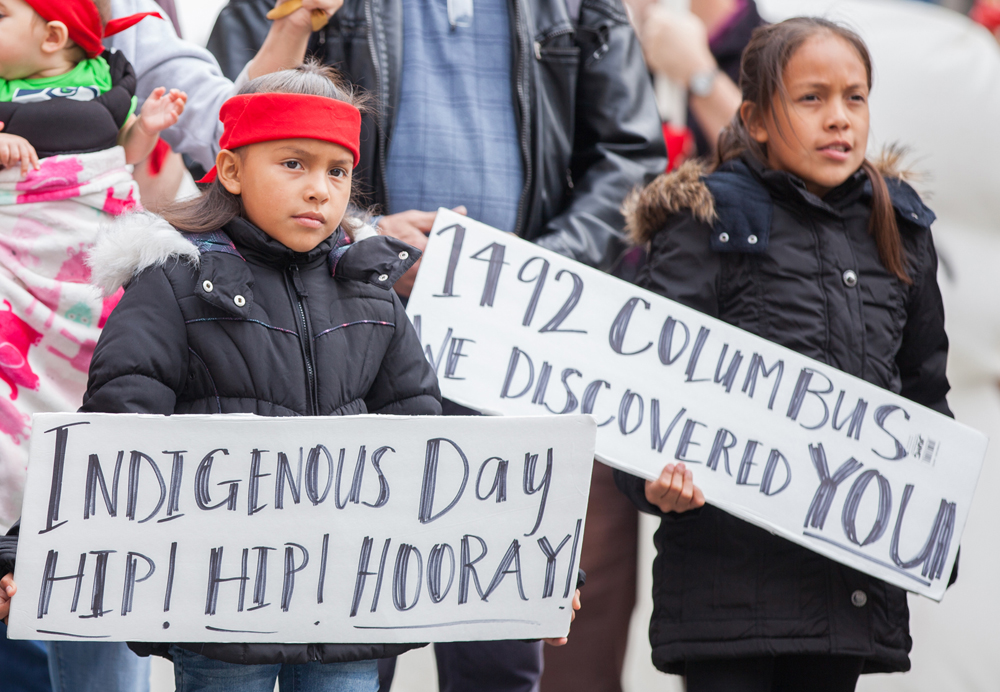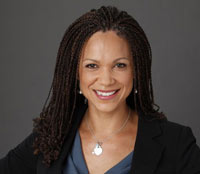The movement to abolish Columbus Day and to establish in its place Indigenous Peoples' Day continues to gather strength, as every month new school districts and colleges take action. This campaign has been given new momentum as Indigenous peoples throughout the Americas assert their treaty and human rights. Especially notable is the inspiring struggle in North Dakota to
stop the toxic Dakota Access Pipeline, led by the Standing Rock Sioux.
Dave Archambault, chairperson of the Standing Rock Sioux Tribe, explains that the oil pipeline “is threatening the lives of people, lives of my tribe, as well as millions down the river. It threatens the ancestral sites that are significant to our tribe. And we never had an opportunity to express our concerns. This is a corporation that is coming forward and just bulldozing through without any concern for tribes.”
The “bulldozing” of Indigenous lives, Indigenous lands, and Indigenous rights all began with Columbus’s invasion in 1492.

























